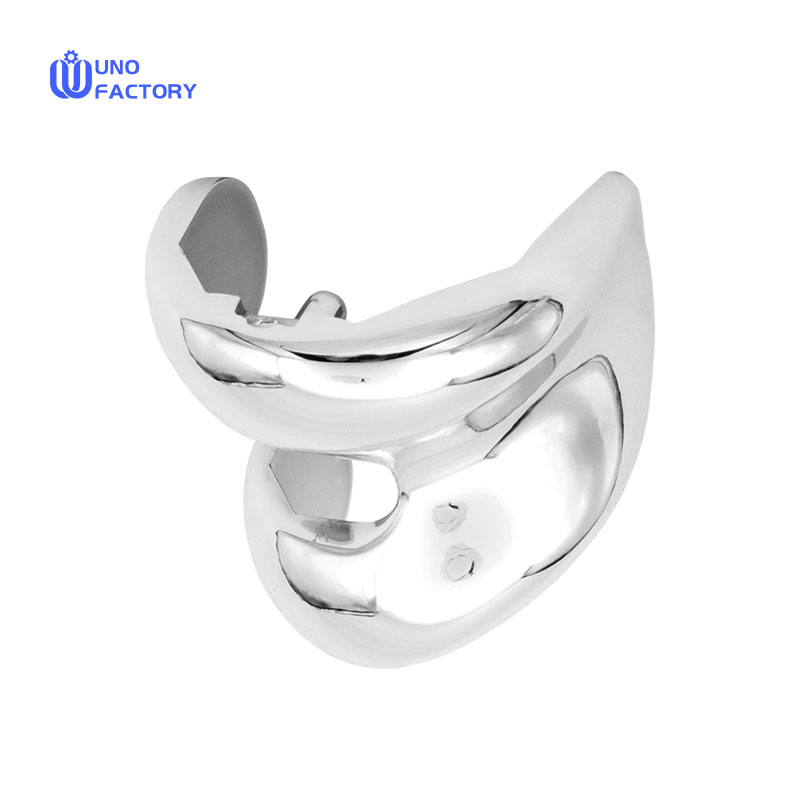Time to read: 6 min

Plastic prototypes play a crucial role in various industries, serving as the bridge between concept and creation. These early models are essential for engineering validation, design validation, and production validation, ensuring that the final product meets technical specifications, aesthetic standards, and manufacturing requirements.
Importance of Plastic Prototyping
Prototyping is vital for:
- Verifying engineering aspects (EVT)
- Validating design and user experience (DVT)
- Confirming production feasibility (PVT)
Prototypes also serve as valuable tools for investor presentations, market testing, and collecting customer feedback.
Preparing for Plastic Prototype Development
Before manufacturing a plastic prototype, ensure you have a CAD model ready, which is a digital representation of your intended product. This model is essential for creating physical prototypes that can be either visual or functional.
Widely Used Prototyping Methods
- Vacuum Casting: Ideal for creating multiple parts with fine detail, suitable for testing.
- 3D Printing: A flexible, cost-effective method for rapid prototype development.
- CNC Machining: Offers precision and the ability to create prototypes from solid blocks of material.
- Injection Molding: Best for mass production of prototypes with excellent mechanical properties.
How to Get a Plastic Prototype Made
Each method offers unique advantages and speeds for creating prototype plastic components.
- Vacuum Casting benefits from compatibility with a wide range of materials and the ability to reuse silicone molds.
- 3D Printing offers quick creation and material flexibility, with various methods like FDM, SLA, and SLS.
- CNC Machining is ideal for achieving tight tolerances and a variety of surface finishes.
- Injection Molding provides fast and cost-effective testing of product concepts with real-life replications.
Key Considerations for Plastic Rapid Prototyping
When choosing a prototyping technique, consider the purpose of the prototype, the form and complexity of the design, volume and cost, lead time, and material suitability.
Plastic Prototype Cost
The cost of plastic prototypes depends on the materials used, part complexity, and the technique chosen. 3D printing is generally the most cost-effective, while injection molding may be more costly due to mold milling costs.
Transform Your Ideas with Unofactory Plastic Prototyping Services
Unofactory offers expert manufacturing services, transforming your ideas into reality. Our team provides tailored advice and insights to optimize your project, ensuring the highest quality at every stage.




